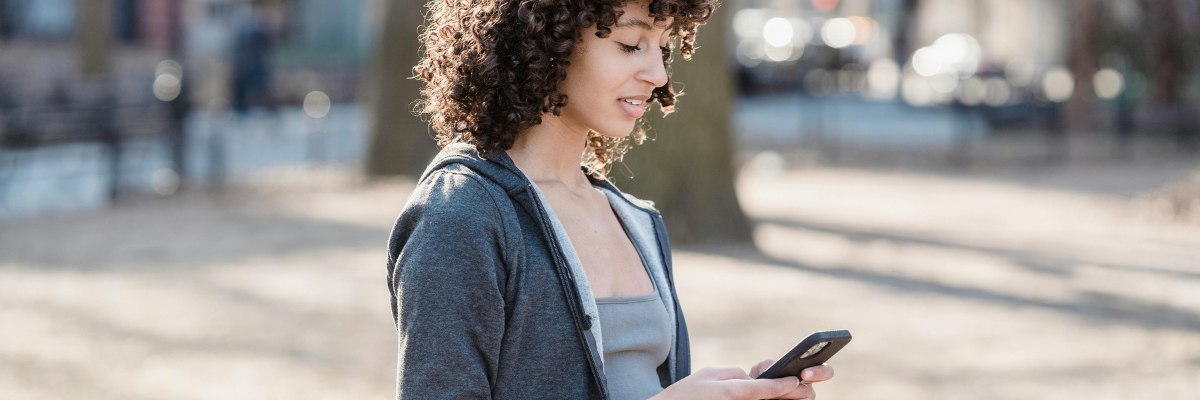
Latinos, especially those who come from underdeveloped countries, had to start from scratch, or have a strained relationship with money, understand what it’s like to live within their means. Living paycheck to paycheck is a reality for many of them, so they know how to get creative. As the Venezuelan saying goes, “se arropan hasta donde les llegue la cobija,” they tuck themselves in as far as the blanket can reach. Meaning, they make do with what they have. While buying everything you need is only a click away nowadays, being able to do so is an actual privilege. As the “underconsumption” trend rises in popularity, Latinos and many others have already been living that life.
What is “underconsumption core”?

Photo by Cup of Couple
“Underconsumption core” is a new TikTok trend that champions and romanticizes minimalism and frugality, encouraging people to maximize the use of their purchases and buy only what they truly need. It’s a challenge to the culture of consumerism and overconsumption, which is so rampant online. Instead of showcasing large hauls of clothing, makeup, books, or overflowing fridge shelves, users are posting videos showing thrift store purchases, modest wardrobes, and practical, well-used everyday items.
Born out of necessity

Photo by Liza Summer
“Underconsumption core” has been gaining a ton of traction, especially among young people who are facing increasing financial pressures. For example, the average federal student loan debt balance in the United States is US$37,574 per borrower, according to the Education Data Initiative. Student debt isn’t the only issue, as inflation is constantly looming over Gen Z’s purchasing power. When it comes to Latinos, the wage gap is still an issue, especially for Latina women. Their wages aren’t rising, so financial strain isn’t an uncommon experience for them.
Environmental concerns

Photo by Mumtahina Tanni
There’s also the issue of our environmental impact as consumers! Mass consumerism has created major problems, including the generation of vast amounts of waste. Chile’s Atacama Desert with its heartbreaking landfill is only one example of that. Overconsumption is polluting the environment, and people are opening their eyes to that, adopting more sustainable practices and creating responsible habits.
A rejection of influencer culture

Photo by Ron Lach
The underconsumption trend also seems to be a reaction to overconsumption, which is promoted by influencers across social media platforms. There’s no denying that content creators have normalized haul videos because it’s the most effective way they can promote sponsored products. Now, by promoting underconsumption, people online are starting to push back on this aspect of influencer culture. It seems that they’re saying, “It’s time to be normal again.”
This isn’t a new concept
 Photo by Annie Spratt on Unsplash
Photo by Annie Spratt on UnsplashBuying only what you need isn’t a new concept, especially not for people used to having to live within their means and get creative with low resources, like Latinos. This trend might seem revolutionary to some, but it's essentially a return to basics. This is a lifestyle that many communities have practiced out of necessity long before it became a social media trend. It’s a way of life!
The underconsumption trend is challenging extreme consumerism quite effectively. It’s not about telling anyone how to spend their money, but rather about helping people see how capitalism has altered their buying habits. We’re constantly encouraged to buy, buy, buy, without a second thought. But when you stop and think about it, do you really need to have 30+ lipsticks, 10+ Stanley cups, or a new phone every year?
- Massive Fast Fashion Landfill: That $8 Top Is Contributing to Environmental Disaster ›
- Tulum's Dilemma: The Environmental Toll Behind the 'Eco-Chic' Facade ›











